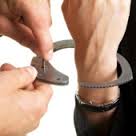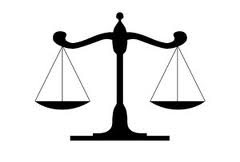California Vehicle Code Section (VC) 14601.3 states: “It is unlawful for a person whose driving privilege has been suspended or revoked to accumulate a driving record history which results from driving during the period of suspension or revocation. A person who violates this subdivision is designated a habitual offender.”
Once the person has been deemed a habitual offender, any subsequent driving offenses are subject to more severe penalties, including jail time. Upon a first conviction under this statute, the person shall be sentenced to 30 days in jail and a $1000 fine. A second or subsequent conviction within seven years of a prior conviction will result in 180 days in jail and a $2000 fine. Under 14601.3(e)(3), any habitual offender who is convicted of driving on a suspended license and the suspension is due to a DUI, the penalty is 180 days in jail, to be served consecutive to any other jail time imposed for violating any other law, plus a $2000 fine.
To convict someone under this statute, the prosecutor must prove: Continue reading ›
 San Diego DUI Lawyers Blog
San Diego DUI Lawyers Blog










 Once a
Once a